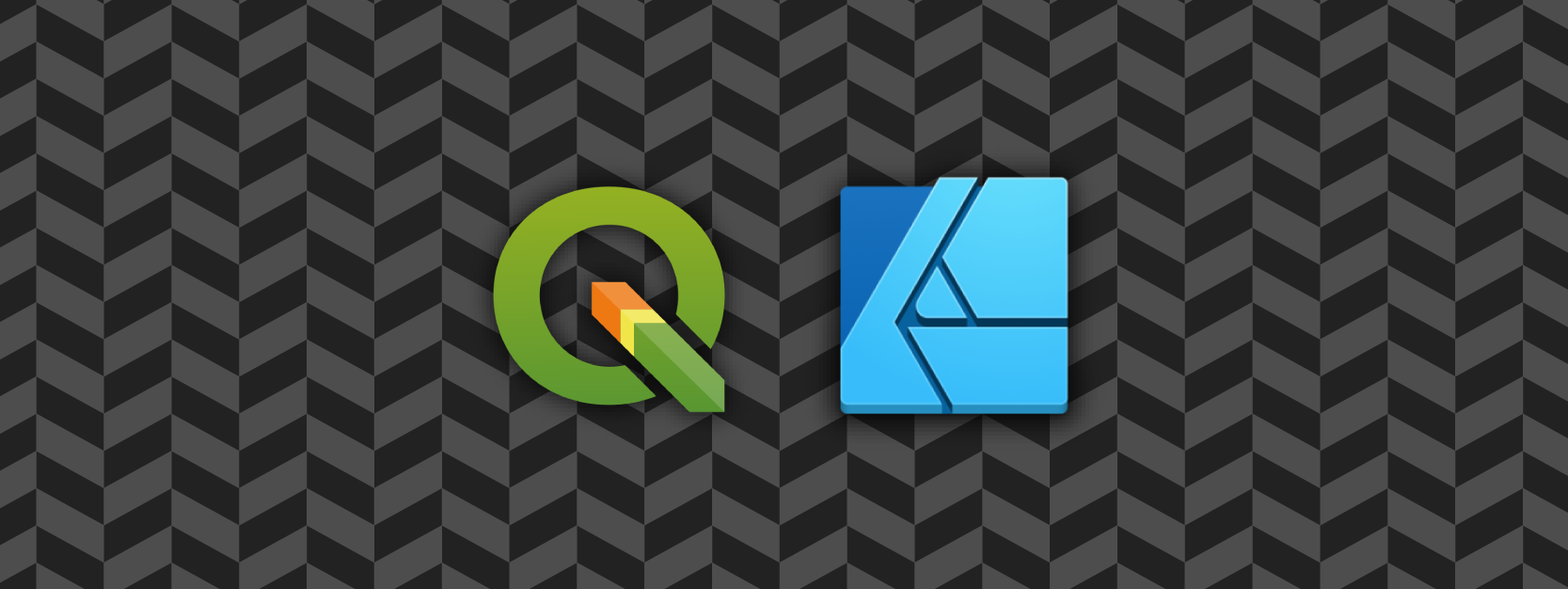
If you’re like most hobbyist map makers, cartographers, and designers who want to work with maps, you’ve likely balked at the price of entry for both ESRI’s ArcMap software suite and Adobe’s Illustrator. Both can have a fairly high barrier to entry with ESRI’s personal license costing $100/year and Adobe charging $20.99/month. So just to get started you would need to sink $120.99 (excluding Adobe’s trial offer) and that’s not including reoccurring fees if you do decide to stick with it!
Luckily, while ESRI and Adobe are still the professional standards, they’re far from the only options these days if you’re looking to make amazing maps that look beautiful. One combination that I particularly enjoy using is QGIS with Affinity’s Designer vector software. Both work and function as fully fleshed out software and both are updated regularly. They’re both just about on the same level as their expensive counter parts on a feature level, at least at the level we are at! And, today, both are pretty easy to learn as well!
What is QGIS?
QGIS is an open source free GIS software program. With it you can do just about everything that ESRI’s ArcMap Desktop can. I won’t compare it to ArcGIS Pro because ESRI is sinking a lot of time and money into the online-enabled features of that program. That said, if all you’re looking to do is create some simple chloropleth maps (like the one below) or a highway map, or run some spatial analyses on various data you’ve gathered, QGIS is just about as easy as ArcMap Desktop these days. If you’re familiar with ESRI’s software it might take you a little bit of time to get used to QGIS, but once you’ve figured out where everything is, it’s a piece of cake!

As you can see here, I’ve pulled together a quick land use map of Boise, Idaho. I’ve done this by using one of QGIS’s handiest tools (which is not available on ESRI’s ArcMap) called QuickOSM which allows you to pull OpenStreetMap data for use in whatever map you need. You can read more about how to do that here.
Price: Free! Get it here.
What’s Affinity Designer?
Affinity Designer is another vector illustration software like Adobe Illustrator or CorelDraw. It’s probably the most feature-equivalent illustration software of all the Adobe Illustrator competitors out there. It’s also the easiest to learn if you primarily use Adobe Illustrator. The developers of Affinity Designer have gone to great lengths to ensure there’s minimal relearning when you jump across the software aisle. Below is a screenshot of Affinity Designer using a PDF export of the QGIS map above.

You can see, ever so briefly, that Affinity Designer handles all of the individual polygons that QGIS makes as their own entity giving you free reign to manipulate it as needed.
Affinity Designer is not free like QGIS, though. It is, however, a much cheaper alternative over the long term over Adobe Illustrator. Affinity Designer is a buy-it-once, own-it-forever deal unlike Adobe’s subscription model. And while the upfront cost of $50 might still be a bit much for some of you, it often goes on sale for as low as $25. I’ve seen this multiple times over the past year.
There are some niceties with Adobe that I haven’t quite found with Affinity Designer. For one, I use my Creative Cloud Libraries quite often across projects. Adobe can power that kind of stuff because you’re paying monthly. Affinity Designer doesn’t offer something like that. Adobe Fonts are also nice to have in a pinch. But if you don’t need or use those things very often, Designer becomes a much more enticing option.
Price: $50 (often on sale for $25). Get it here.
Are there any free-free options?
Yes! If you absolutely do not want to spend money, you can use QGIS with Inkscape (an open source free vector illustration software). That said, I’ve found Inkscape to be cumbersome and challenging to use at times, especially coming from the Adobe Illustrator world. For me, investing in Affinity Designer is worth the time saved over using Inkscape, but that’s just my opinion. If you enjoy Inkscape, or want to learn it, I definitely encourage you to do so!
So for $50 total you can make and design m aps with the best of them! After two years of using the QGIS/Affinity Designer combination you would still have only paid $50 as compared to $703.76 for the ESRI/Adobe Illustrator combination (excluding taxes for both). That’s quite a bit cheaper for almost the exact same level of quality!
I’ll be looking to make additional tutorials soon covering the QGIS/Affinity Designer pairing so stay tuned for that! In the mean time, feel free to drop any questions you might have in the comments below.

